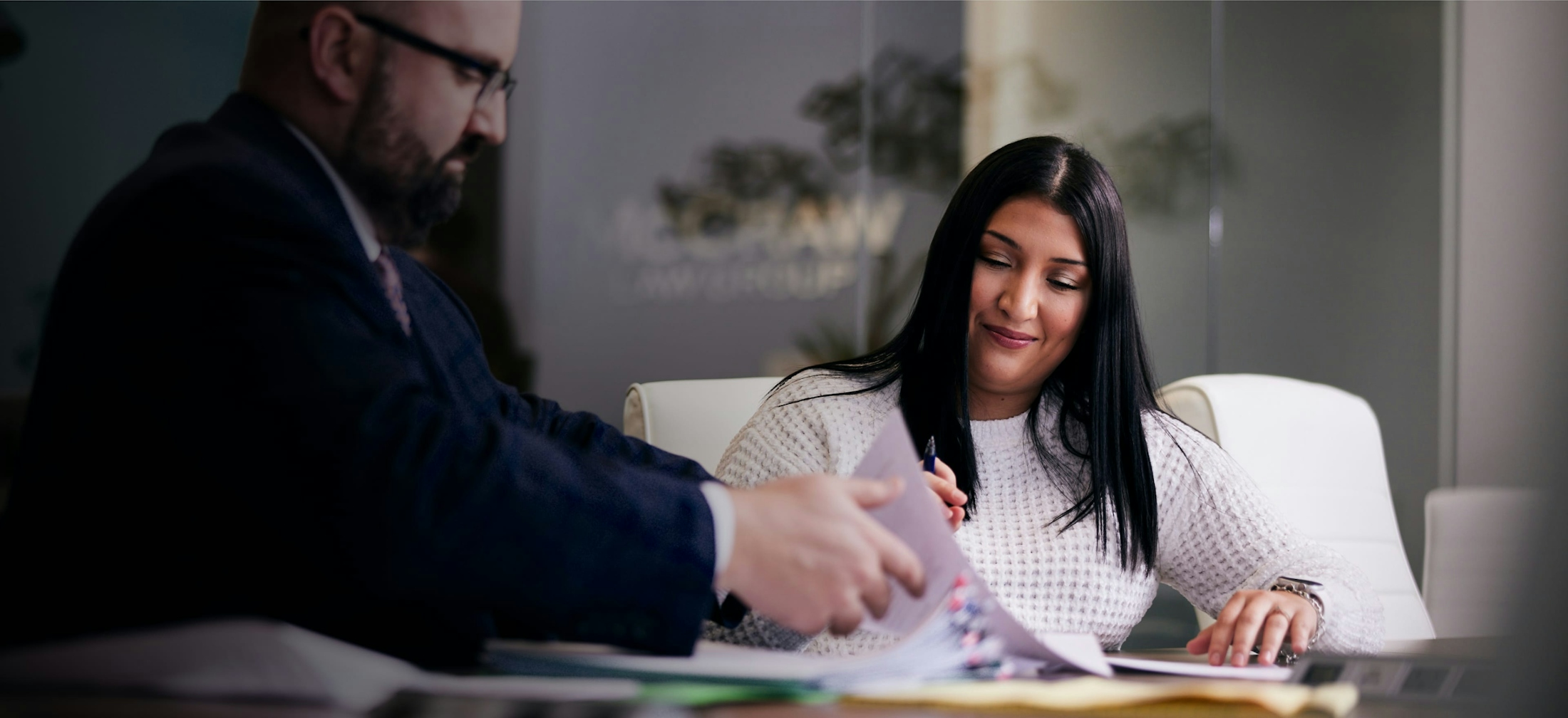Common Defendants in Slip and Fall Cases
In a slip and fall case, the premises owner and occupier are the primary defendants. The owner and occupier are not always the same, however, and could be different people or different companies. For instance, the premises owner could be the landlord and the occupier could be the tenant in a strip shopping center. In some situations, the landlord may not have any knowledge of the premises defect but the tenant, the person actually occupying the property, does have knowledge of the defect. In those situations, it might be completely appropriate to bring a lawsuit against the store owner and not the premises owner.
The same thing can happen in reverse. There are times in which the premises owner may know about a problem that the tenant store owner is not responsible for under their contract. As an example, a shopping center may have a problem with the outside sidewalk directly in front of a particular business. The landlord may be responsible for the upkeep and maintenance of the sidewalk exclusively, even if it is adjacent to a particular store.



